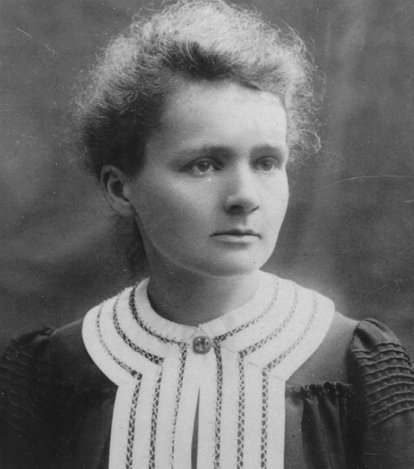Though it may seem morbid, death fascinates us all. Whether it’s a dramatization of a murder case on television, or just a routine examination of newspaper obituaries, stories about how people died always inspire curiosity.
Grigory Rasputin, Dec. 16, 1916: The Russian mystic and confidante of the ruling Romanov family was perceived as a threat to a continued monarchy due to his uncanny ability to distract Czar Nicholas II and his wife, Empress Alexandra. There are very few confirmed facts about Rasputin’s death, but the legend around it says that a group from within the czar’s own circle took matters into their own hands. But the assassination did not go as planned. The plan was to use cyanide to poison Rasputin, but it was served in sugary petit fours, which deactivated the poison. Four gunshots later, Rasputin was still alive and the assassins finally had to drown him to achieve their goal.
Alexander Litvinenko, Nov. 23, 2006: Litvinenko was a relative unknown until his dramatic death by radiation poisoning. A former Russian secret service officer, Litvinenko fled to Britain with his family in 2000. It is thought that two former KGB agents with whom Litvinenko had met earlier on the day of his poisoning may have been responsible.
Isadora Duncan, Sept. 14, 1927: The famous American dancer met an untimely death at age 50 while riding in an open-top Amilcar model automobile in Nice, France. The flowing scarf she chose to wear that cool autumn evening became tangled in the car’s open-spoke wheels, throwing Duncan from the vehicle and snapping her neck.
Marie Curie, July 4, 1934: Nobel Laureate Madame Curie is one of the most well-known names in science, and she was killed by her own success. Curie is famous for having discovered polonium and radium and for isolating radioactive isotopes. Unfortunately, the experiments that led her to these discoveries were slowly killing her. Curie succumbed to aplastic anemia, a result of her many years of exposure to radiation, at age 67.
George Herbert, 5th Earl of Carnarvon, April 5, 1923: Lord Carnarvon, a former owner of Highclere Castle (the setting for the fictional BBC production Downton Abbey) died of a mosquito bite. This was no normal mosquito bite, however; urban legend has it that Carnarvon’s death was an instance of the so-called “Mummy’s Curse,” which would result in members of the expedition to open Egyptian tombs dying mysterious deaths. Carnarvon sustained the bite while in Egypt, and it became infected when he cut it while shaving. He died of blood poisoning at age 57.
Tennessee Williams, Feb. 25, 1983: The playwright famous for such masterworks as A Streetcar Named Desire, Cat on a Hot Tin Roof, and The Glass Menagerie met his end in a decidedly unpoetic way — the official medical examiner’s report says he he choked to death on a bottle cap after a night of heavy drinking and drug use (his friends later said that he actually died from intolerance to a barbiturate).
Molière, Feb. 17, 1673: The French playwright’s most dramatic moment was his last — while playing the title role in his play Le Malade imaginaire (The Hypochondriac), Moliere endured a prolonged coughing fit brought on by his lengthy struggle with tuberculosis. This led to convulsions and his death later the same night.
Ray Chapman, Aug. 17, 1920: Chapman played shortstop for the Cleveland Indians and paid the ultimate price for it at age 29 — he was killed when a spitball-style pitch from the Yankees’ Carl Mays struck his temple. Chapman remains the only professional baseball player to be killed by a pitch, though baseball helmets didn’t become mandatory until the 1970s.
—Melanie Linn Gutowski









0 comments:
Post a Comment